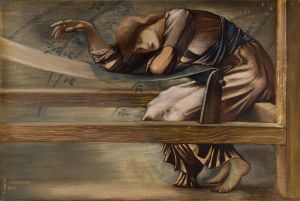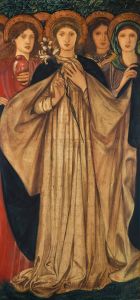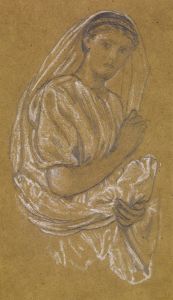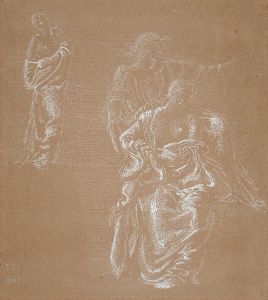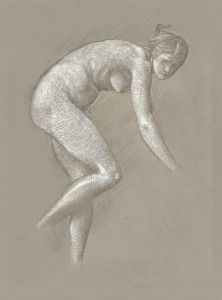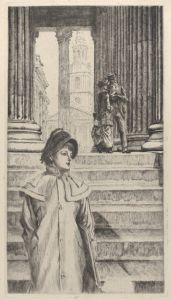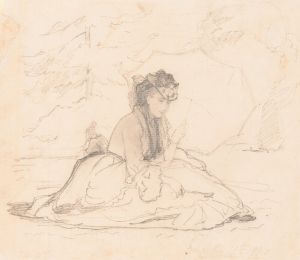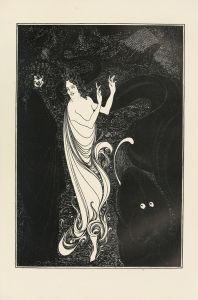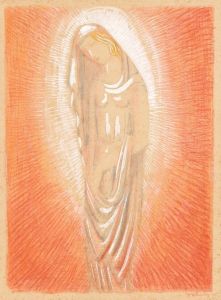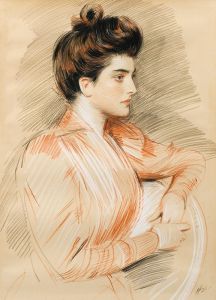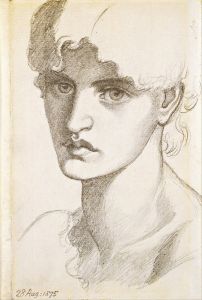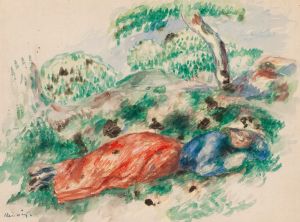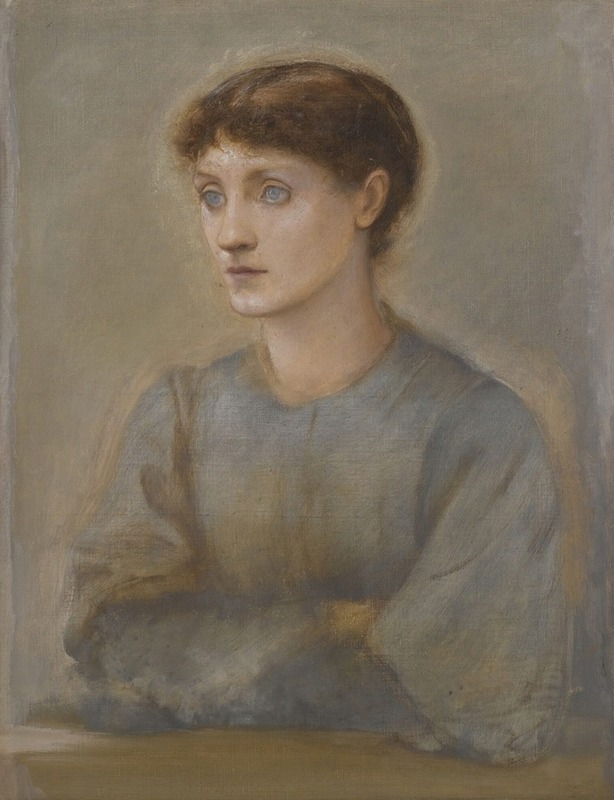
Portrait Of Margaret, The Artist’s Daughter
A hand-painted replica of Sir Edward Coley Burne-Jones’s masterpiece Portrait Of Margaret, The Artist’s Daughter, meticulously crafted by professional artists to capture the true essence of the original. Each piece is created with museum-quality canvas and rare mineral pigments, carefully painted by experienced artists with delicate brushstrokes and rich, layered colors to perfectly recreate the texture of the original artwork. Unlike machine-printed reproductions, this hand-painted version brings the painting to life, infused with the artist’s emotions and skill in every stroke. Whether for personal collection or home decoration, it instantly elevates the artistic atmosphere of any space.
"Portrait of Margaret, The Artist’s Daughter" is a painting by the renowned British artist Sir Edward Coley Burne-Jones, a prominent figure in the Pre-Raphaelite Brotherhood and the Aesthetic Movement. The painting depicts Burne-Jones's daughter, Margaret, and is a testament to the artist's skill in portraiture as well as his deep personal connection to his subject.
Edward Burne-Jones was born in Birmingham, England, in 1833 and became one of the leading artists of the late 19th century. He was known for his romantic and often mystical subjects, drawing inspiration from medieval themes, classical mythology, and literature. His work is characterized by its intricate detail, rich color palettes, and a sense of otherworldly beauty.
The portrait of Margaret is believed to have been painted around the late 19th century, during a period when Burne-Jones was at the height of his artistic powers. Margaret was born in 1866 to Edward and his wife, Georgiana Burne-Jones. She was the couple's second child and only daughter, and she often appeared in her father's works, either directly or as an inspiration for his idealized female figures.
In this portrait, Burne-Jones captures Margaret with a sense of intimacy and affection. The painting reflects the artist's characteristic style, with a focus on delicate features, soft lines, and a serene expression. The background is typically subdued, allowing the viewer to focus entirely on the subject. Burne-Jones's use of color and light in the portrait is subtle yet effective, creating a gentle atmosphere that enhances Margaret's youthful grace and innocence.
The painting not only serves as a personal memento for the artist but also exemplifies the broader themes of beauty and idealism that permeate Burne-Jones's oeuvre. His portraits, including that of Margaret, often transcend mere representation, aiming instead to capture an ethereal quality that elevates the subject to a timeless realm.
Margaret Burne-Jones herself went on to lead a life intertwined with the arts. She married John William Mackail, a classical scholar and civil servant, and their daughter, Angela Thirkell, became a well-known novelist. The legacy of the Burne-Jones family continued to influence British cultural life well into the 20th century.
The portrait of Margaret remains a cherished example of Burne-Jones's work, reflecting both his technical prowess and his personal world. It is a piece that continues to be admired for its beauty and the tender connection it reveals between the artist and his daughter. The painting is housed in a private collection, and while it may not be as widely exhibited as some of Burne-Jones's other works, it holds a special place in the study of his artistic legacy.





